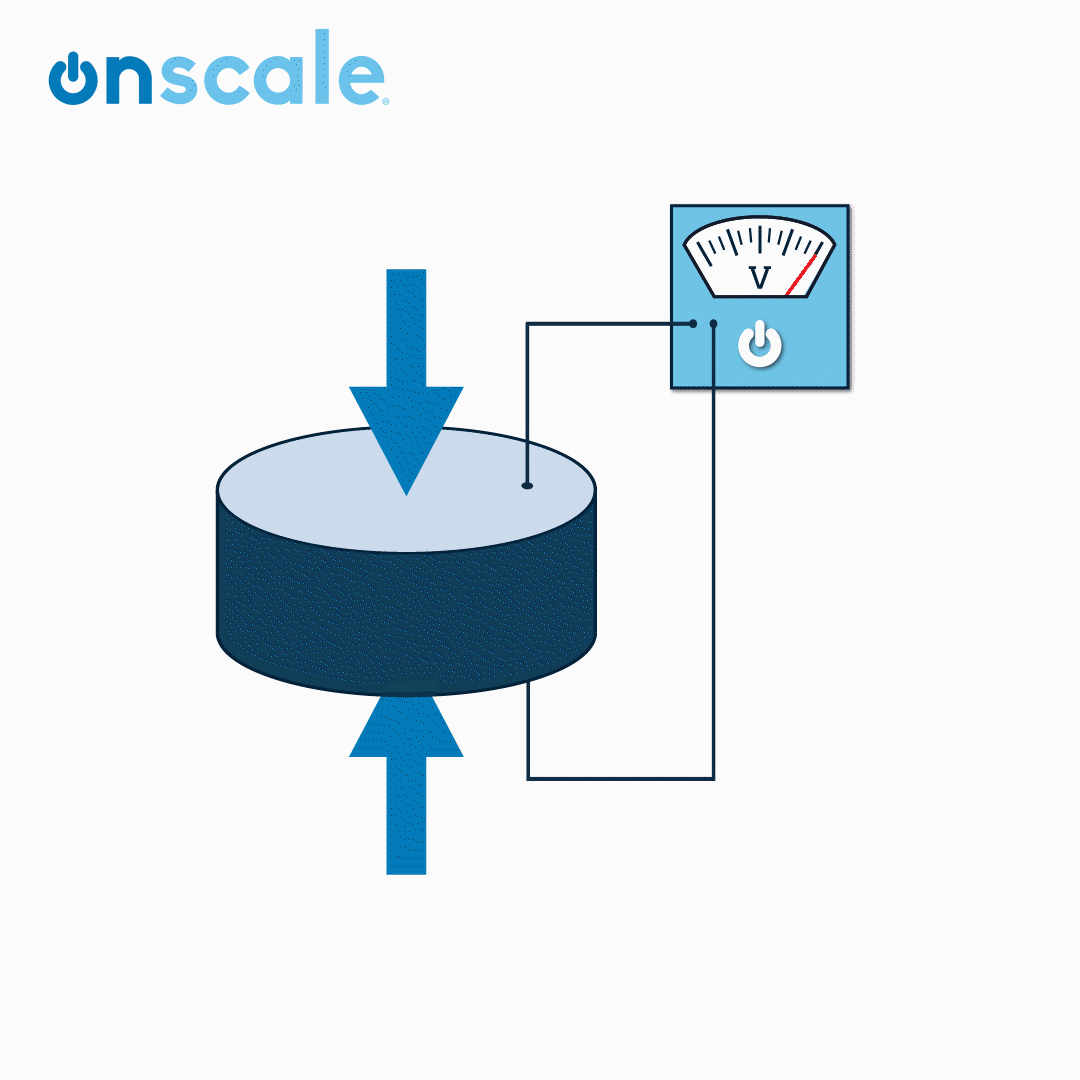

These biodegradable polymers have been used as piezoelectric implants to enhance bone formation in both pure and compound forms 4. Classical piezoelectric principles have been applied to similar uniaxially orientated, bioactive polymers, such as poly (L-lactic acid) (PLLA), poly (γ-benzyl glutamate) (PBG), and cellulose 3. In the past 60 years, piezoelectricity has been confirmed in a variety of biological materials, such as wood and bone, as well as fibrous proteins such as collagen, chitin, and elastin 2, which present as highly ordered crystalline molecules in mammalian tissue. describes biological piezoelectricity as being based on complex dipolar properties and dipole–dipole interactions mediated by intricate hydrogen bonding networks with different levels of self-assembly and hierarchy. Thus, linear electromechanical coupling (piezoelectricity) is an inherent functional property of the majority of biomolecules. This capability will accelerate the experimental development of devices and provide much-needed insight into the evolution of a hierarchical relation in biological materials starting from strongly piezoelectric building blocks.īiological materials are low-symmetry, highly ordered structures that lack an inversion center. With improved scaling of advanced computational methods, such as density functional perturbation theory, the research community can begin to efficiently screen peptide structures for enhanced electromechanical properties. The amino acids predicted to exhibit the highest piezoelectric response, such as glycine, hydroxyproline and lysine, are anticipated to be used to engineer highly piezoelectric peptides in the future.

These large responses arise from strong supramolecular dipoles, which can be tuned by molecular chemistry and packing, opening new opportunities for the realization of technologically useful piezoelectric devices from renewable materials. By identifying directions of high piezoelectric response, the simulations can guide experimental crystal growth, device fabrication and electrical testing, which have led to the demonstration of unprecedented piezoelectric responses in organic crystals on the order of 200 pC/N.
#Piezo electric materials full
Advances in high performance computing have facilitated the use of quantum mechanical calculations to predict the full piezoelectric tensor of biomolecular crystals, including amino acids and small peptides. Organic piezoelectric nanotubes, fibers, and micro-islands have been grown and studied however, the lack of fundamental understanding of the piezoelectric effect in nature hinders the rational design of biomaterials to provide a tailor-made piezoelectric response. Research on the piezoelectric response of biomolecules has intensified following demonstration of open circuit voltages of over 20 V in biopiezoelectric generators.


 0 kommentar(er)
0 kommentar(er)
